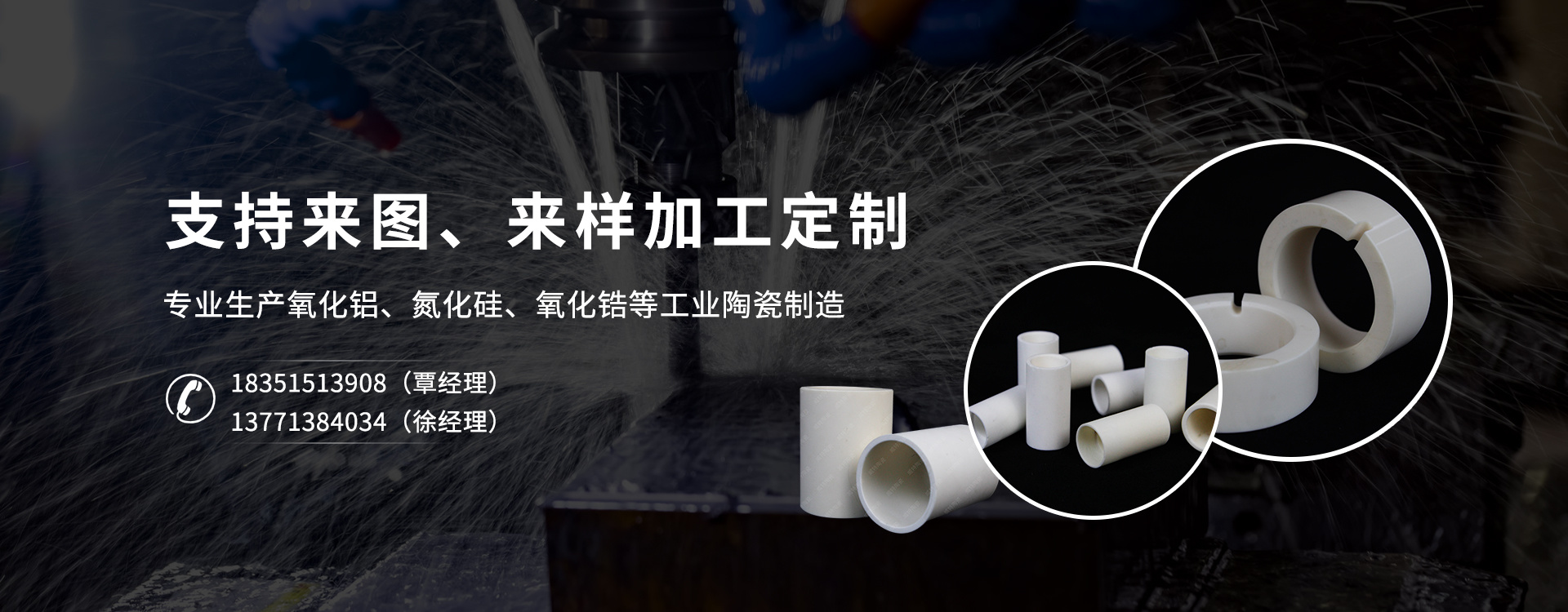
NEWS
Production process of special ceramics
Release time:
2022-09-15
Production process of special ceramics

There are many special forming methods for special ceramics. In production, the molding method should be selected according to the shape of the product, and different molding methods need to choose different adhesives. Binders can be divided into lubricants, plasticizers, dispersants, surfactants (with dispersant and lubricating functions), etc. In order to meet the needs of molding, a variety of organic materials are usually used. When choosing a binder, the following factors should be considered:
Wettability of the special ceramic binder by the powder is a necessary condition. Wetting is good when the critical surface tension (YOC) or surface free energy (YOS) of the powder is greater than that of the binder (YOC). A good binder is easily wetted by the powder and has a strong cohesive force. When the binder is powdered, mutual attraction occurs between the molecules, and a red binder (primary binder) occurs between the binder and the powder. At the same time, in the binder molecules, cohesion occurs due to orientation, induction and dispersion (secondary bonding). Although water can fully wet the poplar wood material, the water is volatile, has small molecular weight, and has low cohesion, so it is not a good binder.
The molecular weight of the binder should be moderate. For full wetting, a small molecular weight but weak cohesion is desired. As the molecular weight increases, the binding capacity increases. However, when the molecular weight is too large, the cohesive force is too large, it is not easy to be affected by moisture, and it is easy to deform the body. In order to help the movement of the intramolecular chain segments, an appropriate plasticizer should be added at this time, so that it is easy to wet, making the adhesive more soft and easy to form.
In order to ensure product quality, it is also necessary to prevent binders, raw materials, and impurities in the preparation process from mixing, which may cause harmful defects in the product. Special ceramic materials such as silicon nitride have high strength, high wear resistance, low density (light weight), heat resistance, corrosion resistance and other excellent properties, and are suitable for manufacturing turbine feed impellers, rocker arm burners, auxiliary combustion chambers and other automobiles ceramic parts. These components require complex shapes, precise dimensions, and high reliability. Internal defects (cracks, pores, foreign matter, etc.) and surface defects are not allowed.
One of the molding techniques that can meet these quality requirements is ceramic injection molding. Ceramic injection molding technology is derived from the injection molding of polymer materials, which is formed by virtue of the characteristics of polymers melting at high temperatures and solidifying at low temperatures, and then removing the polymers after molding. It is much simpler than the traditional ceramic processing technology, and can produce various high-precision ceramic parts with complex shapes, and is easy to scale and automate production.
Special ceramic injection molding technology has many advantages. Using it to prepare ceramic components with complex shapes not only has high dimensional accuracy and good surface conditions, but also eliminates post-processing operations, reduces production costs, shortens production cycles, and has a high degree of automation. It is suitable for the characteristics of large-scale production. The process generally includes the following steps: selection of ceramic powder, selection of binder, uniform mixing of ceramic powder and binder, injection molding, degreasing, and sintering. Skimming is key.
Recommend




